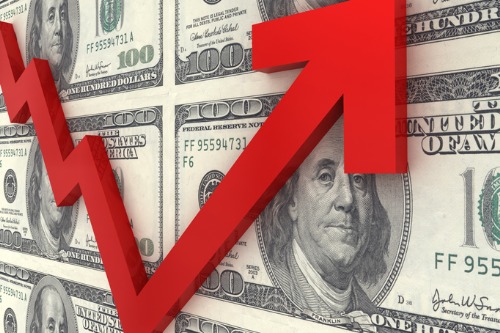

The United States had already experienced an active hurricane season before Hurricane Delta made landfall in October. That storm, according to estimates from Karen Clark & Company, will result in insured losses to onshore properties totalling nearly $1.25 billion, including $950 million in wind and storm surge losses in the US and $300 million in wind losses in Mexico.
Delta was the 25th named storm to hit the US this year alone, and followed closely on the back of other impactful storms from the end of the summer into the early fall, including Hurricane Laura, which hit the country in August and contributed to insurers’ catastrophe loss estimates for Q3 2020, alongside Hurricanes Isaias and Sally, as well as the California wildfires.
“The hurricane season up to this point has been incredibly active relative to years past – definitely an above average season,” said Josh Ammons, executive vice president and property broker at AmWINS Group, during a panel at the Wholesale & Specialty Insurance Association’s (WSIA) 2020 Annual Marketplace. However, he added that while Laura caused some devastation in the areas that it hit, had the storm “gone up the Houston track that it was potentially forecasted to, we’d be talking about a significant industry event … [In this case] the economic losses will be much less substantial than what they could have been.”
In fact, Laura was reminiscent of Hurricane Rita in 2005, noted another panellist. Both passed through areas that were not as populous, though many policyholders were affected in both events, explained Gerald Dupre, president of the specialty property insurance division at Hallmark Financial Services.
In particular with Laura, “The energy sector came out extremely fortunate, because at the end of the day, there was about $55 billion-worth of oil rigs … that were bracing themselves for some heavy losses, but they came out in pretty good shape,” he said, noting, “We’re in the prime of hurricane season … We’ll keep our fingers crossed that we come through this season, but we’re also in wildfire season out in California, and that is sometimes scarier than hurricane season.”
In the meantime, as the US is fighting storms and wildfires on both coastlines, the coronavirus continues to spread throughout the country. The US is gaining on 10 million confirmed cases as of November 02, and a new report from the Centers for Disease Control and Prevention (CDC) revealed that all 10 regions in the country are seeing increases in at least one measure used to track COVID-19 activity, while many regions are reporting increases in multiple measures.
The pandemic has in turn had an impact on the insurance marketplace, and one segment especially has been affected.
“With insured loss estimates ranging from $25 billion to well in excess of $100 billion, even on the low side of the range, this pandemic is potentially a significant event for particularly the surplus lines industry,” said Davis Moore, CEO of Worldwide Facilities. The leader added that 2020 has become a year of headwinds and tailwinds, the latter of which includes the fact that many commercial insureds have been forced to close their doors or operate at a fraction of their output compared to before the coronavirus. Another WSIA panellist agreed that small business divisions have borne the brunt of this financial burden.
“In talking to a lot of our clients, the struggles are in that small transactional business,” said Wendy Houser, executive territory officer – west, Markel. “Those are the folks that are impacted the most. The insureds just aren’t in a position where they are able to sustain themselves with less revenues coming through the door.” However, she added that COVID-related impacts are occurring across the board, with Markel seeing cancellations on policies, and requests for the return of premium from a variety of insureds.
Additionally, on the tailwind side of the coin, “After several years of inadequate pricing and underperforming results, our market started increasing rates in early 2019,” said Moore. “At the same time, carriers really started managing their capacity … This trend continued into 2020 … and the pandemic put additional pressure on the market to make certain they’re getting out of it right and managing their capacity.”
As a result, there’s been a significant amount of business coming into the surplus lines market from the admitted market – and it’s ready to help. “The surplus lines industry is well-positioned,” said Moore. “A big part of what we do is solve problems and there are lots of problems to solve, so I believe our industry will have significant growth opportunities as the economy recovers."
